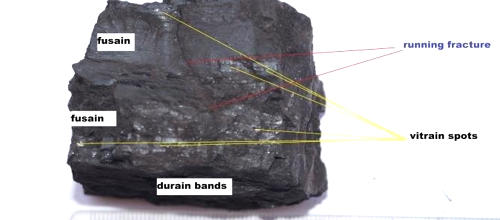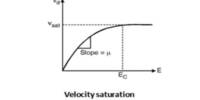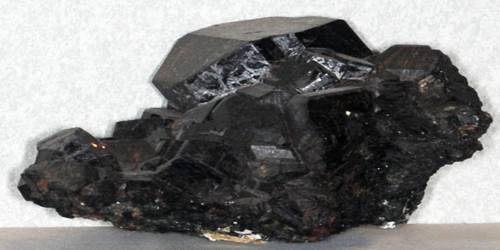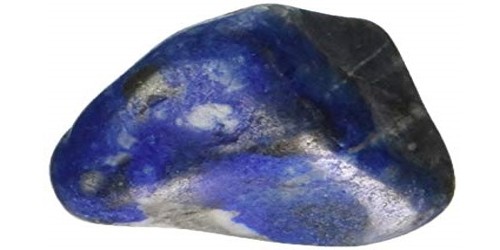Vitrain is a type of coal occurring as horizontal glassy bands of a nonsoiling friable material. It is a type of coal. Its combustion leads to ash containing extractable levels of germanium compounds such as germanium dioxide. It a constituent of banded bituminous coal that has a vitreous or glassy fracture. It is the material of which the friable, vitreous layers in banded bituminous coal are composed. It is a black, glassy vitreous bituminous-coal.

Fig: Macroscopic View of Vitrain Coal
Properties
Vitrain is a macroscopically distinguishable component, or lithotype, of coal characterized by a brilliant black, glossy luster and composed primarily of the maceral group vitrinite, derived from the bark tissue of large plants. It is a brilliant black band in bituminous coal, characterized by cubic cleavage, a conchoidal fracture, and a vitreous luster.
Occurrences
It occurs as thin (usually 6-8mm) bands, closely jointed, and breaks into cubic pieces with a conchoidal fracture. It occurs in narrow, sometimes markedly uniform bands that are rarely more than 0.5 inches (1.27 cm) thick. It is a constituent of banded bituminous coal that has a vitreous or glassy fracture.
Vitrain was probably formed under drier surface conditions than the lithotypes clarain and durain. On burial stagnant groundwater prevented the decomposition of the woody plant tissue. It is the material of which the friable, vitreous layers in banded bituminous coal are composed.
















